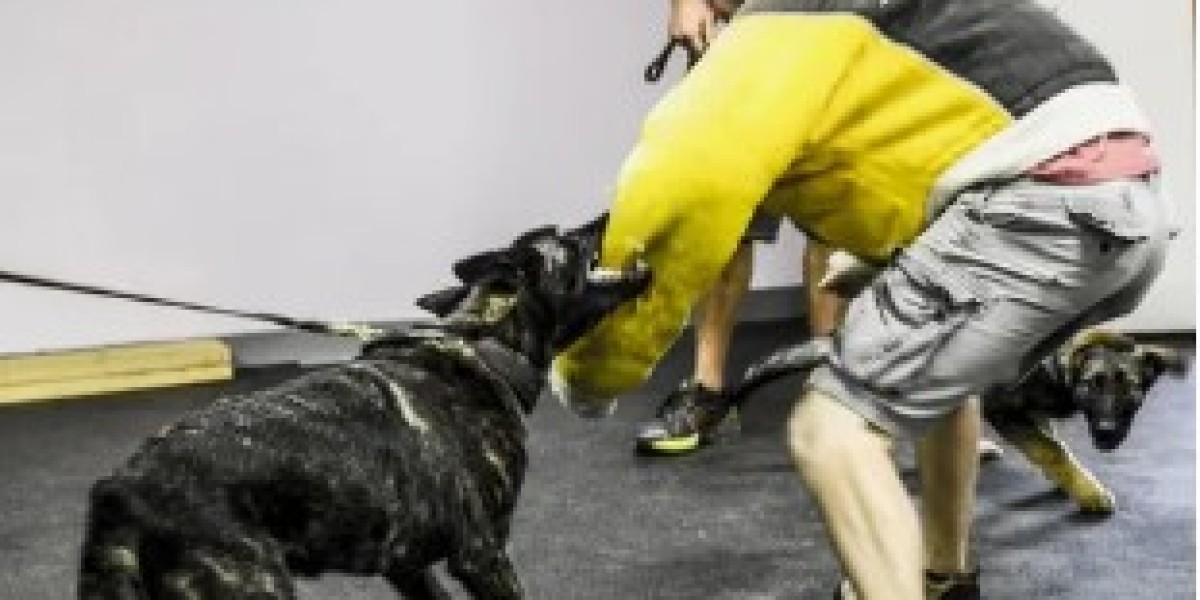In a world where personal safety is a growing concern, trained personal protection dogs have become an essential asset for individuals and families seeking reliable security. These highly skilled animals go beyond the capabilities of ordinary pets, offering both protection and companionship. Understanding their training, selection, and benefits is crucial for anyone considering adding a personal protection dog to their life.
What Are Trained Personal Protection Dogs?
Trained personal protection dogs are specially trained canines capable of protecting their owners from threats such as intruders, aggressive animals, or potential physical attacks. Unlike standard guard dogs, these dogs are trained to assess situations, respond appropriately to danger, and differentiate between real threats and normal social interactions.
Most personal protection dogs are trained in obedience, attack control, tracking, and situational awareness. The goal is to create a loyal, disciplined, and responsive animal that can act decisively when their owner’s safety is at risk.
Breeds Commonly Used for Personal Protection
While many dog breeds can serve as protection dogs, some are particularly suited due to their intelligence, strength, and temperament. The most popular breeds include:
- German Shepherds – Known for their intelligence, courage, and trainability, German Shepherds are one of the most common choices for personal protection. They are reliable in both home security and personal defense situations.
- Belgian Malinois – These dogs are highly energetic, agile, and intelligent, making them ideal for active owners who want a vigilant and responsive protector.
- Doberman Pinschers – Renowned for their loyalty and protective instincts, Dobermans make excellent personal protection dogs due to their alertness and strong deterrent presence.
- Rottweilers – With a natural guarding instinct, Rottweilers are strong and confident, making them suitable for personal and family protection.
- Boxers and Mastiffs – These breeds are less common but can provide effective protection while offering companionship.
Selecting the right breed is a critical step, as each dog’s temperament, energy level, and protective instincts must align with the owner’s lifestyle.
Training Personal Protection Dogs
Training is the cornerstone of a reliable personal protection dog. Professional trainers usually follow a structured program that includes:
- Obedience Training – Basic commands like sit, stay, come, and heel form the foundation. A well-trained dog responds immediately to commands, which is essential in high-risk situations.
- Socialization – Protection dogs must distinguish between friends, family, and potential threats. Proper socialization prevents unnecessary aggression and ensures the dog behaves calmly in public.
- Protection and Guard Training – This includes bite work, attack deterrence, and controlled aggression. Dogs are trained to respond to commands in defense scenarios without posing a danger to bystanders.
- Situational Awareness – Dogs learn to assess threats, alert their owners to unusual activity, and react appropriately. This training enhances their ability to protect proactively rather than reactively.
- Desensitization – Protection dogs are exposed to distractions such as traffic, crowds, or loud noises, teaching them to remain focused under stress.
Professional training ensures that these dogs are not only effective protectors but also safe and manageable in everyday life. Improperly trained dogs can be unpredictable and pose a risk rather than offering protection.
Benefits of Owning a Trained Personal Protection Dog
Investing in a trained personal protection dog offers numerous advantages:
- Enhanced Security – Their presence alone can deter criminals and intruders. They provide a reliable layer of protection, especially for individuals living alone or in high-risk areas.
- Quick Response to Threats – Unlike alarm systems, protection dogs can act immediately. They can physically intervene to prevent harm while waiting for emergency assistance.
- Peace of Mind – Knowing that a loyal and trained animal is watching over you and your family reduces anxiety and increases confidence in personal safety.
- Companionship – Beyond protection, these dogs provide emotional support and form strong bonds with their owners. Their loyalty extends beyond duty—they are family members.
- Versatility – Personal protection dogs can adapt to home security, personal escort, and even travel situations, offering flexible protection wherever needed.
Considerations Before Purchasing a Personal Protection Dog
Owning a trained personal protection dog is a significant responsibility. Prospective owners should consider several factors:
- Lifestyle Compatibility – These dogs require regular exercise, mental stimulation, and consistent training. Active individuals or families are better suited to meet their needs.
- Time Commitment – Even after professional training, ongoing reinforcement of commands and behavioral skills is essential to maintain effectiveness.
- Cost – Personal protection dogs are a considerable investment. Professional training, veterinary care, and proper nutrition can be expensive.
- Legal and Ethical Responsibility – Owners must ensure their dogs are controlled and safe around the public. Mismanagement can lead to legal consequences.
Choosing a reputable breeder or trainer is critical. Avoid unverified sources that may provide poorly trained dogs with aggressive tendencies.
Maintaining a Trained Personal Protection Dog
Maintenance involves more than just feeding and walking. Owners should focus on:
- Continued Training – Regular exercises and scenario-based training help maintain the dog’s skills and readiness.
- Physical Health – Routine veterinary check-ups, vaccinations, and proper nutrition keep the dog in peak condition.
- Mental Stimulation – Puzzles, obedience drills, and interactive games prevent boredom and maintain mental sharpness.
- Social Interaction – Controlled socialization ensures the dog remains well-adjusted and safe in public.
A well-maintained protection dog remains effective throughout its life, offering years of reliable service and companionship.
Conclusion
Trained personal protection dogs are invaluable assets for anyone seeking enhanced safety and peace of mind. These highly skilled animals combine loyalty, intelligence, and protective instincts to provide unmatched security. From choosing the right breed to professional training and ongoing maintenance, investing in a personal protection dog requires careful consideration and dedication.
For individuals or families who prioritize safety, a trained personal protection dog is more than a security measure—it is a loyal companion, a vigilant guardian, and a trusted member of the family. Whether navigating everyday life or responding to potential threats, these dogs offer unparalleled protection, ensuring that safety and peace of mind are always within reach.







